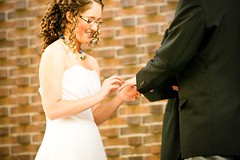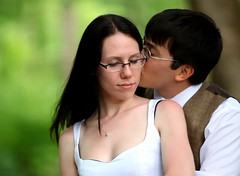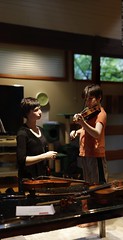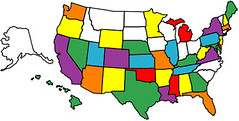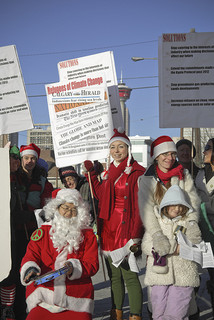
Scientists often assert that climate change is a matter of empirical evidence, not belief. But, The Guardian’s Adam Corner notes that decades of social scientific research says that skepticism about climate change is primarily due to beliefs, not a misunderstanding of the science (though there’s certainly misunderstanding as well).
…..in studies that have asked who is sceptical about climate change and why, we find not a story about scientific ignorance, but a link between social attitudes, cultural beliefs and climate change scepticism. The evidence is starkest in the US , but similar patterns are found elsewhere too: older, white, conservative men tend to be more sceptical about climate change.
Corner is also a research associate at Cardiff University, and in a paper he recently published with several colleagues, he asked what would happen when two groups of people—one group comprised of people who were skeptical about climate change and the other group comprised of people who were not—read the exact same information about climate change in newspaper editorials. Overall, they found that the two groups of people evaluated the information differently, attributing different judgements about persuasiveness and reliability of the information.
In social psychology, this phenomenon – “biased assimilation” – is well known, and no one is immune from it, so both sceptics and non-sceptics rated the editorials in line with their existing beliefs. The critical difference, of course, is that those who were not climate sceptics had the weight of empirical evidence on their side. What this experiment illustrates, though, is that “belief” in climate change is very much what matters. Without belief in climate change, scientific evidence simply bounces off. And it is social views and cultural beliefs that predict climate change denial, not people’s level of knowledge about climate science.
Does this mean that people fighting global warming should give up? Corner says “absolutely not,” though he asserts that we cannot look only to environmental science to provide an answer to a problem that is also social in nature.


